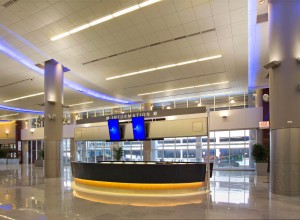 I’m doing a workshop here in Indianapolis on March 4. This one will be about shooting interiors, so it will go over some of the same information as my new book: Photographing Architecture . Here’s a link to more information about the workshop. The workshop is free, but tickets are limited. Of course you can also get my first book Understanding and Controlling Strobe Lighting. I had a great experience shooting the airport. The images in this blog
I’m doing a workshop here in Indianapolis on March 4. This one will be about shooting interiors, so it will go over some of the same information as my new book: Photographing Architecture . Here’s a link to more information about the workshop. The workshop is free, but tickets are limited. Of course you can also get my first book Understanding and Controlling Strobe Lighting. I had a great experience shooting the airport. The images in this blog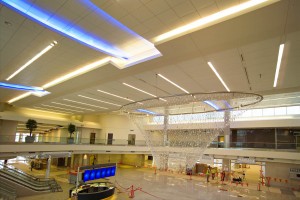 entry are all from that shoot. I did this shoot for Chusid Associates one of my Los Angeles clients. Chusid Associates is a marketing consultant specializing in architectural and building products. Their blog offers good tips on the value of photos as sales and marketing tools. The project is an expansion of Hartsfield–Jackson Atlanta International Airport and, as you can see, it is still under construction. The photos
entry are all from that shoot. I did this shoot for Chusid Associates one of my Los Angeles clients. Chusid Associates is a marketing consultant specializing in architectural and building products. Their blog offers good tips on the value of photos as sales and marketing tools. The project is an expansion of Hartsfield–Jackson Atlanta International Airport and, as you can see, it is still under construction. The photos 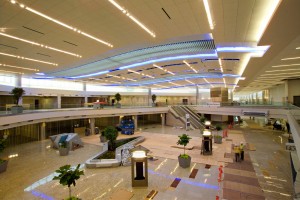 are for Ceilings Plus a leading producer of architectural ceiling and wall panels. My instructions were to capture how the ceiling panels help to express the architecture of the facility. I am glad to have the chance to work with Chusid Associates again after my move. I have always had good experiences working with them, and the chance to work with very interesting clients. Much of the micro work on my site is work
are for Ceilings Plus a leading producer of architectural ceiling and wall panels. My instructions were to capture how the ceiling panels help to express the architecture of the facility. I am glad to have the chance to work with Chusid Associates again after my move. I have always had good experiences working with them, and the chance to work with very interesting clients. Much of the micro work on my site is work 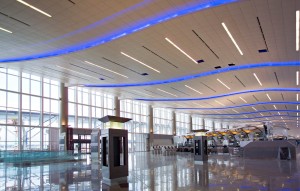 I’ve done for Chusid Associates.
I’ve done for Chusid Associates.
The shoot reminded me of a couple of things I want to add to this blog; this week I’ll be writing about location shooting. There are two kinds of locations: the first is the one you can drive to. I’ve done thousands of this kind of location shoot. In fact every time I get a new car I drag out the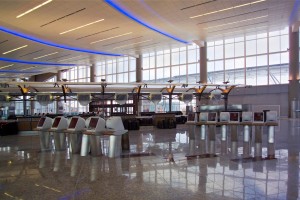 equipment to figure out an efficient way to load the new vehicle. I have a lot of lighting gear, eighteen strobes and the quartz lights, so it takes up a lot of space. Space is the first thing I think about with a vehicle, the second is how beat up the car looks. I like a car to have a certain level of urban camouflage. If the thing looks too good it will draw thieves, better to avoid attention. As you can imagine I mostly end up with used pick-up trucks and vans. I prefer the vans
equipment to figure out an efficient way to load the new vehicle. I have a lot of lighting gear, eighteen strobes and the quartz lights, so it takes up a lot of space. Space is the first thing I think about with a vehicle, the second is how beat up the car looks. I like a car to have a certain level of urban camouflage. If the thing looks too good it will draw thieves, better to avoid attention. As you can imagine I mostly end up with used pick-up trucks and vans. I prefer the vans 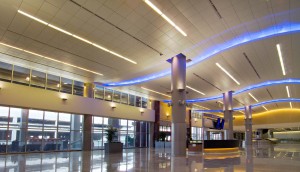 because they are easier to load.
because they are easier to load.
Of course for the airport shoot I had to fly in. This brings a whole different challenge to location work. When I drive to a shoot I can bring everything and the kitchen sink. If I did that on this shoot my luggage charge would have been staggering. When I got off the plane I wouldn’t 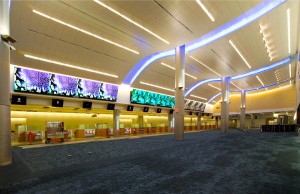 have been able to get the gear to a rental car. So the key here is to bring just what you need and some back up. This shoot was largely ambient light, but a few shots would require strobes. I knew that I would be using several captures to make my final image (see this earlier blog for details https://siskinphoto.com/blog/?p=621) so a good tripod would be absolutely essential. I took my Gitzo legs and a Manfrotto 3025 head. I’ve
have been able to get the gear to a rental car. So the key here is to bring just what you need and some back up. This shoot was largely ambient light, but a few shots would require strobes. I knew that I would be using several captures to make my final image (see this earlier blog for details https://siskinphoto.com/blog/?p=621) so a good tripod would be absolutely essential. I took my Gitzo legs and a Manfrotto 3025 head. I’ve 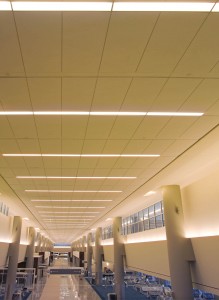 had the Gitzo legs for at least fifteen years, so I know I can rely on them. The 3025 is not my favorite head, but it’s sturdy, light weight and small, a terrific combination for travel. I also took a five-gallon portable shower. This is basically a heavy-duty plastic bladder I can fill with water. I use this to make my tripod heavier. Weight makes the tripod more stable, which is essential if you want to make several captures from exactly the same place. Too often people buy lightweight tripods that don’t provide enough stability. I have several tripods and heads for different cameras and situations. As I have mentioned in other places tripods are very inexpensive because they will last for decades. So it makes sense to get good ones. One other thing I liked about the Gitzo legs for this job: they fit inside my Pelican case. The Pelican is one of the few cases I’ll check into airline luggage. Of course I also took a chain-pod to stabilize the camera.
had the Gitzo legs for at least fifteen years, so I know I can rely on them. The 3025 is not my favorite head, but it’s sturdy, light weight and small, a terrific combination for travel. I also took a five-gallon portable shower. This is basically a heavy-duty plastic bladder I can fill with water. I use this to make my tripod heavier. Weight makes the tripod more stable, which is essential if you want to make several captures from exactly the same place. Too often people buy lightweight tripods that don’t provide enough stability. I have several tripods and heads for different cameras and situations. As I have mentioned in other places tripods are very inexpensive because they will last for decades. So it makes sense to get good ones. One other thing I liked about the Gitzo legs for this job: they fit inside my Pelican case. The Pelican is one of the few cases I’ll check into airline luggage. Of course I also took a chain-pod to stabilize the camera.
I took some of my Norman 200B units to handle whatever lighting needs I would have. It turned out that I needed the Normans to shoot a picture of the ducts behind the ceiling, a bathroom and one of the ceiling shots. While these weren’t the most important shots of the day, they were critical for the client. The 200B units are very sturdy. They produce a lot of light and they recycle incredibility quickly. I used to recommend them all the time, but, as they haven’t been made in about 20 years, I’ve stopped suggesting them. Norman has a new unit called a 200C, which is nice but awfully expensive. They also brought out a 400B that is twice as powerful as the 200B. If you really need a very fast portable unit I would look at this. However I now recommend the LumoPro 160 when I recommend a battery unit. They produce a useful amount of light, and are small and inexpensive. One of the reasons I like the Normans is that they work like the studio strobes I started with, the LumoPros work like dedicated strobes, which is very helpful to people who started with digital equipment.
In addition to the 200B units, which need power packs to run the heads, I needed reflectors, umbrellas, shoe covers as well as light stands. The light stands are always the biggest problem on a job like this. I think that light stands are the most difficult problem. They take up a lot of space and they weigh a lot. I haven’t seen a light stand I really like. What I want is a stand that extends to ten feet, collapses to two feet and weighs about two pounds. I’m not going to get that. I do have one small stand that was meant to be a light stand, but it only goes to about 6 feet. I have a couple of stands that were collapsible music stands. I cut the tops off of them. They are small, but they don’t get that tall and are kind of flimsy. The other thing I carry is a 1/4X20 stud adapter. This allows a tripod to be used as a stand. I also have a vice grip that has 1/4X20 threads welded to it, and the adapter fits on that. This isn’t the same thing, but I might buy one of these. I take some other stuff when I go on location. The last things I pack are clothes, which I use to pad everything else.
I teach three classes at BetterPhoto:
Portrait Lighting on Location and in the Studio
An Introduction to Photographic Lighting
Getting Started in Commercial Photography
I hope you’ll check them out. I have been told that prices are going up this year at BetterPhoto, so you might want to sign up soon.



. This is really exciting! Of course you can also get my first book Understanding and Controlling Strobe Lighting
. You can download copies of most of my articles and some do it yourself projects. I teach three classes at BetterPhoto: Portrait Lighting on Location and in the Studio, An Introduction to Photographic Lighting and Getting Started in Commercial Photography. I hope you’ll check them out.

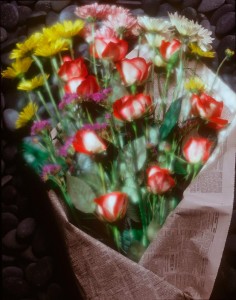
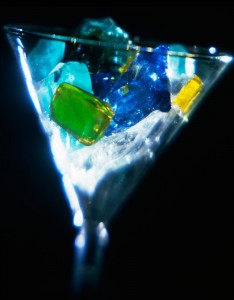
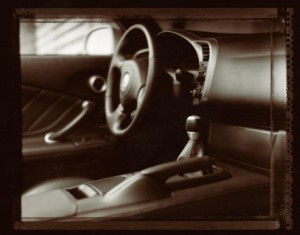
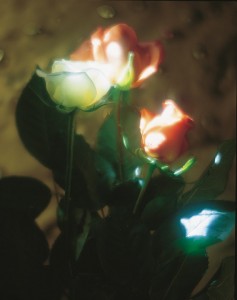
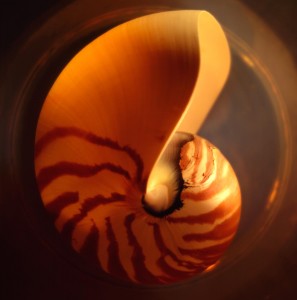








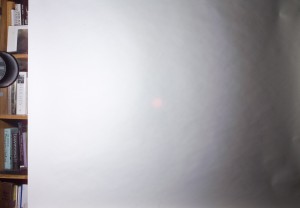
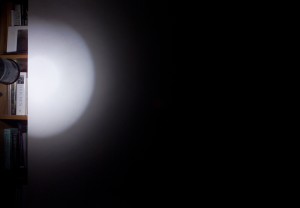
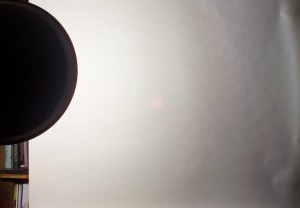
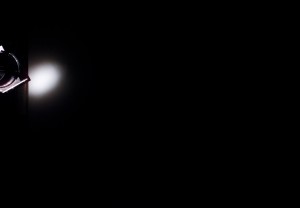
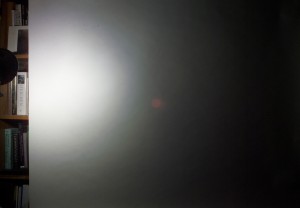
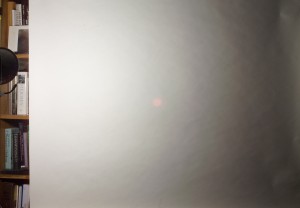
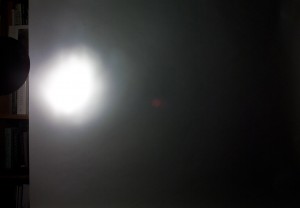

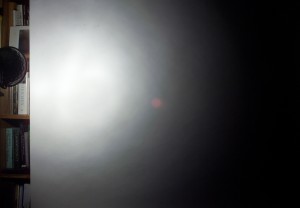
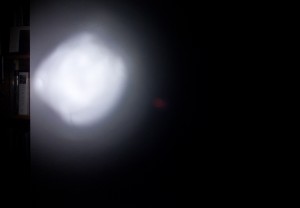
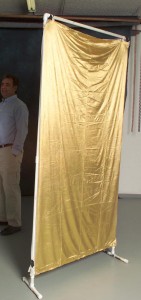
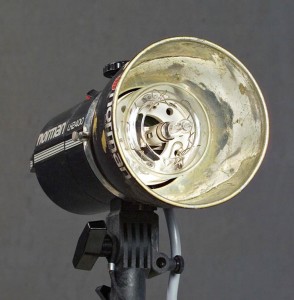
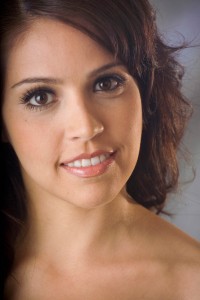
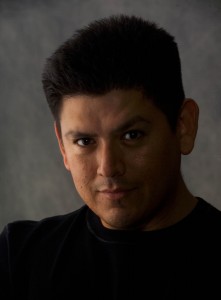
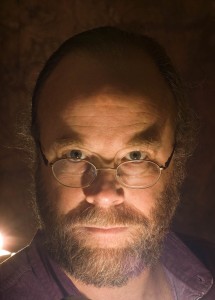
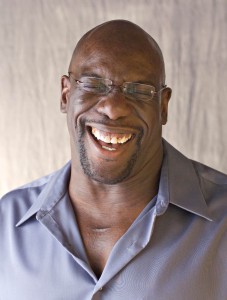
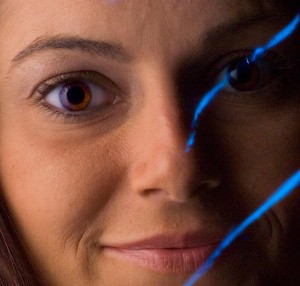
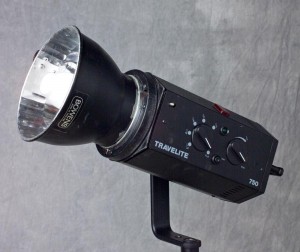
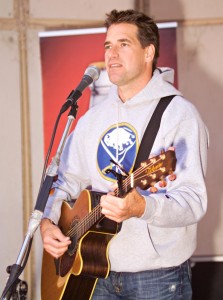
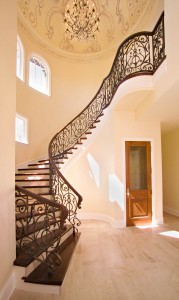
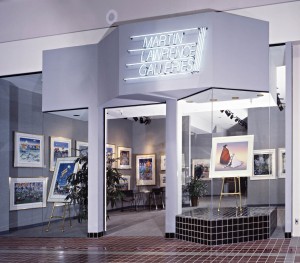
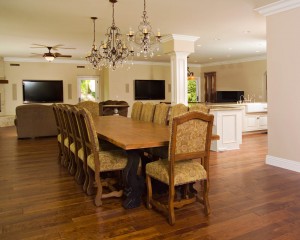
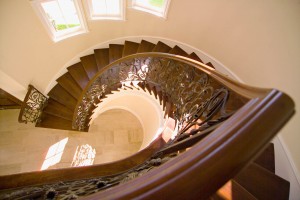
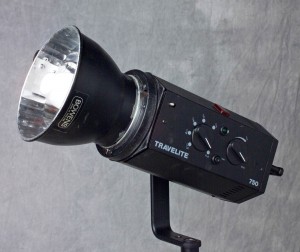
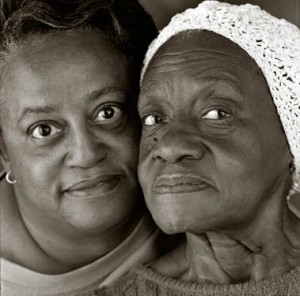
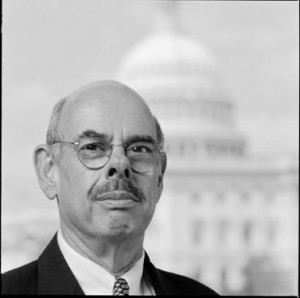
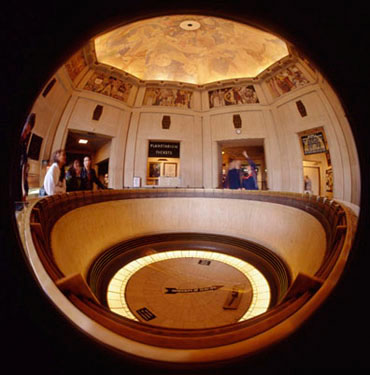
 One way to understand photography is as a way of communicating. So I could tell you about a spark plug, but if I show you the spark plug you know more. The plug could be from an engine, and then someone who knows cars could tell you the car is running rich. From just a picture of the plug. I could tell you a story with a picture, or I could give you an image that communicates like a poem. We can use photographs to communicate about facts, things actions, ideas and emotions. What a wonderful medium.
One way to understand photography is as a way of communicating. So I could tell you about a spark plug, but if I show you the spark plug you know more. The plug could be from an engine, and then someone who knows cars could tell you the car is running rich. From just a picture of the plug. I could tell you a story with a picture, or I could give you an image that communicates like a poem. We can use photographs to communicate about facts, things actions, ideas and emotions. What a wonderful medium.